The Ministry of Education and Training (MOET) issued Circular No. 02/2025/TT-BGDDT dated January 24, 2025 stipulating the Digital Competency Framework for learners.
This Circular applies to educational institutions, educational and training programs and learners in the national education system; relevant organizations and individuals.
The digital competency framework is used as a basis for developing training program standards; building and developing educational programs; building learning materials and guidance documents to develop digital competencies for learners.
At the same time, it serves as a basis for assessing the requirements and achievements of learners' digital competencies in educational programs; developing criteria for testing, evaluating, and recognizing learners' digital competencies; ensuring consistency in learners' digital competency requirements; serving as a basis for comparing or referencing between educational programs and digital competency frameworks.
According to the Circular, the Digital Competency Framework for learners includes 6 competency domains with 24 component competencies, divided into 4 levels from basic to advanced according to 8 levels.
The Data and Information Mining competency domain focuses on the ability to search, filter, evaluate and manage information data and digital content; including skills to identify reliable information sources, organize data effectively and use them to support decision making or problem solving in digital environments.
The Digital Communication and Collaboration domain emphasizes the ability to use digital technology to interact, share information, work in teams, and participate in online communities; it includes skills such as communicating effectively across digital channels, respecting cultural diversity, managing digital identities, and facilitating collaboration in digital environments.
The Digital Content Creation competency domain focuses on the ability to create, edit, and share digital content; it includes skills such as developing new content, applying copyright and licensing, basic programming, and integrating knowledge from multiple sources to create relevant and innovative digital products.
The Safety competency domain focuses on protecting data, devices, health and the digital environment; it includes skills such as personal information security, cyber risk management, safe use of digital technology, ensuring mental and physical health when interacting in digital environments and promoting digital responsibility.
The Problem Solving competency domain focuses on the ability to think critically and creatively to identify, analyze, and solve problems in digital environments; it includes skills such as troubleshooting technical problems, learning new technologies, adapting digital needs to achieve goals, and using technology to innovate or solve practical challenges.
The Applied Artificial Intelligence competency domain focuses on understanding, using, and evaluating artificial intelligence (AI) tools and systems ethically and responsibly; it includes skills such as recognizing how AI works, applying AI to practical tasks, assessing the ethical and social impacts of AI, and ensuring the use of AI is transparent, equitable, and responsible.
The Circular also provides for descriptions of competency domains and component competencies; descriptions of component competencies according to levels of the Digital Competency Framework for learners.
* See Circular in attached file./.
Source: https://moet.gov.vn/tintuc/Pages/tin-tong-hop.aspx?ItemID=10269



























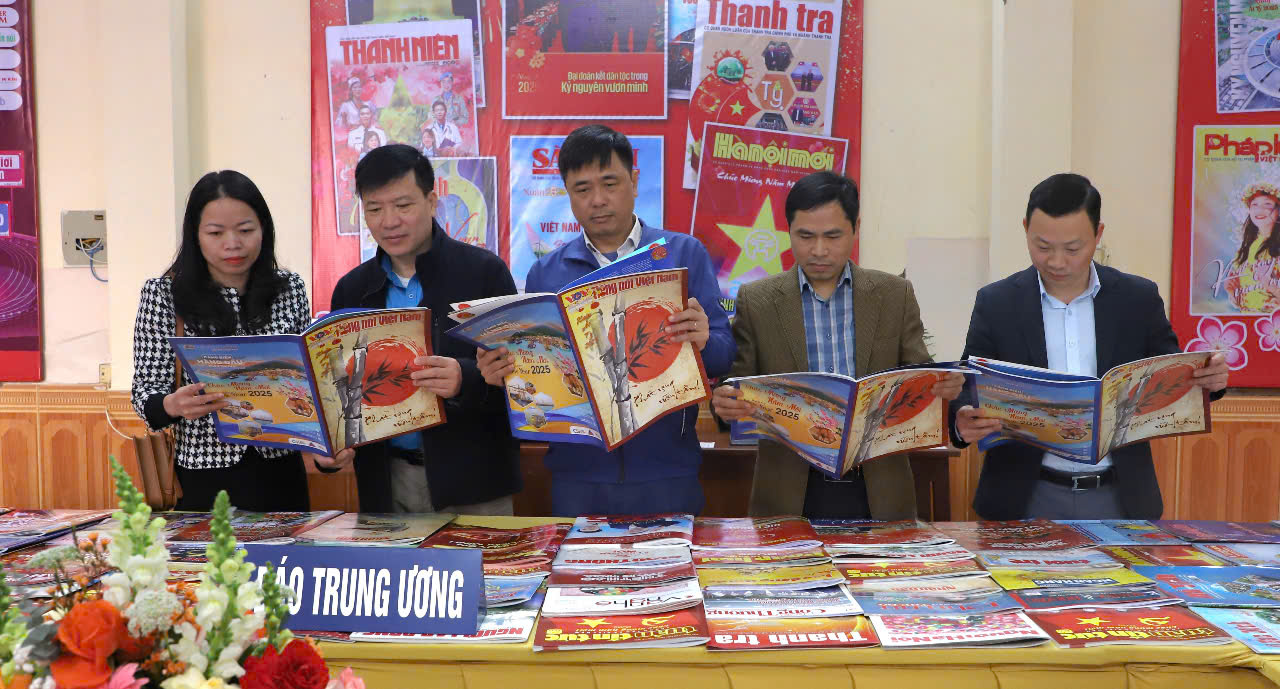


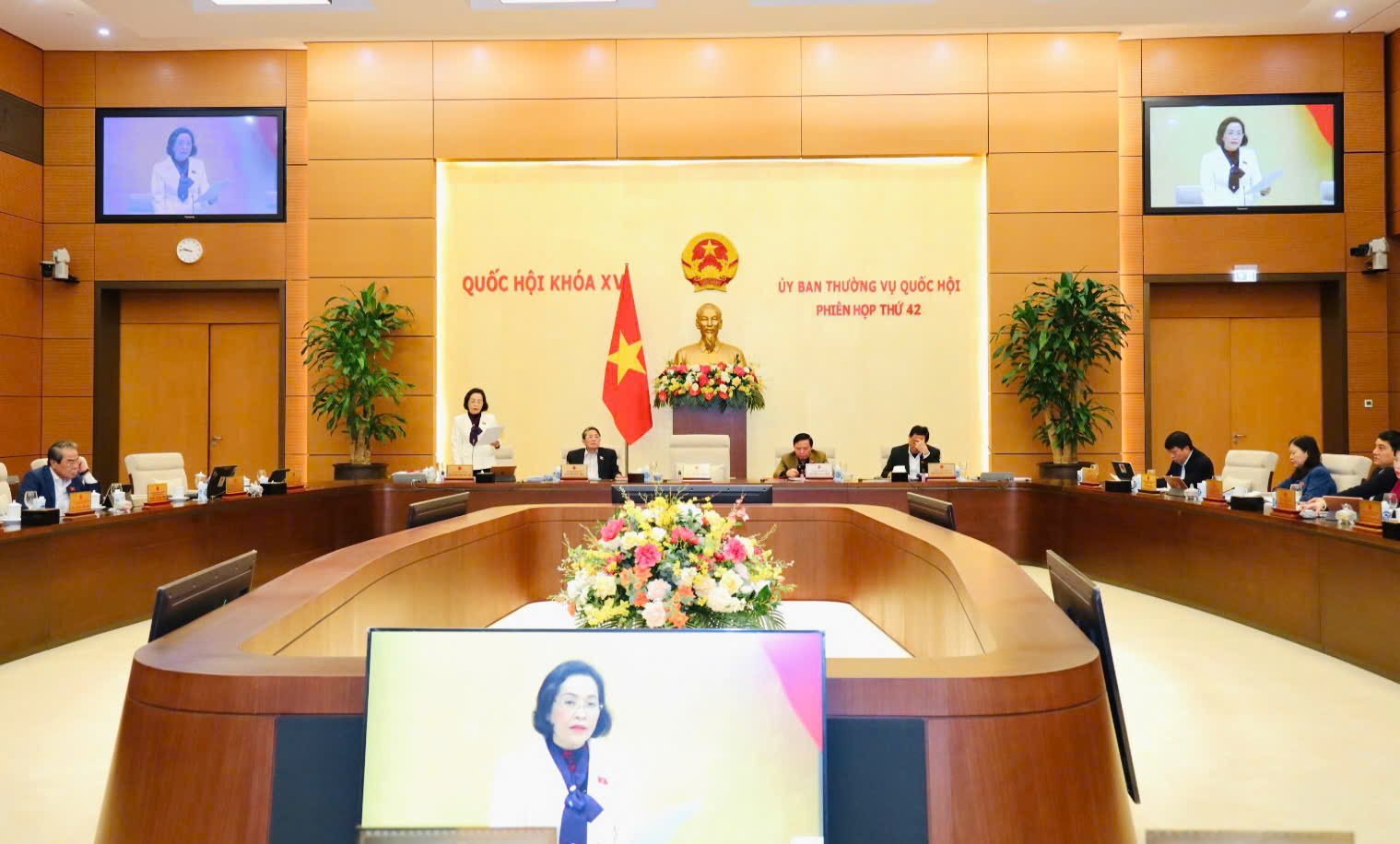


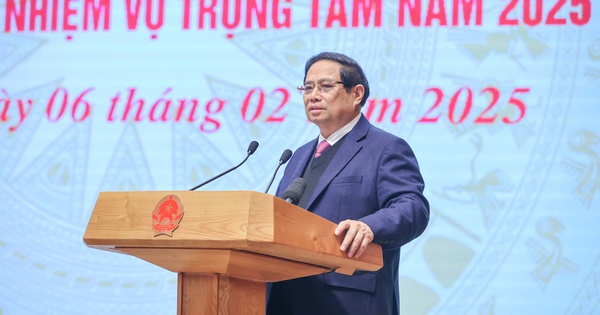



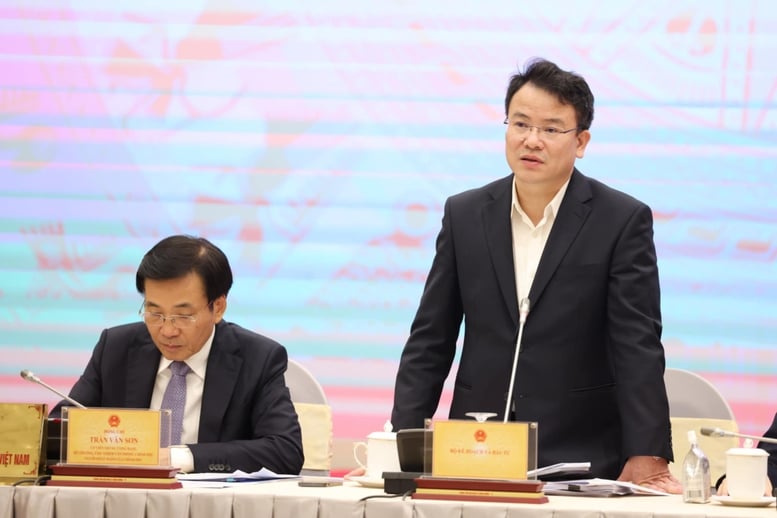
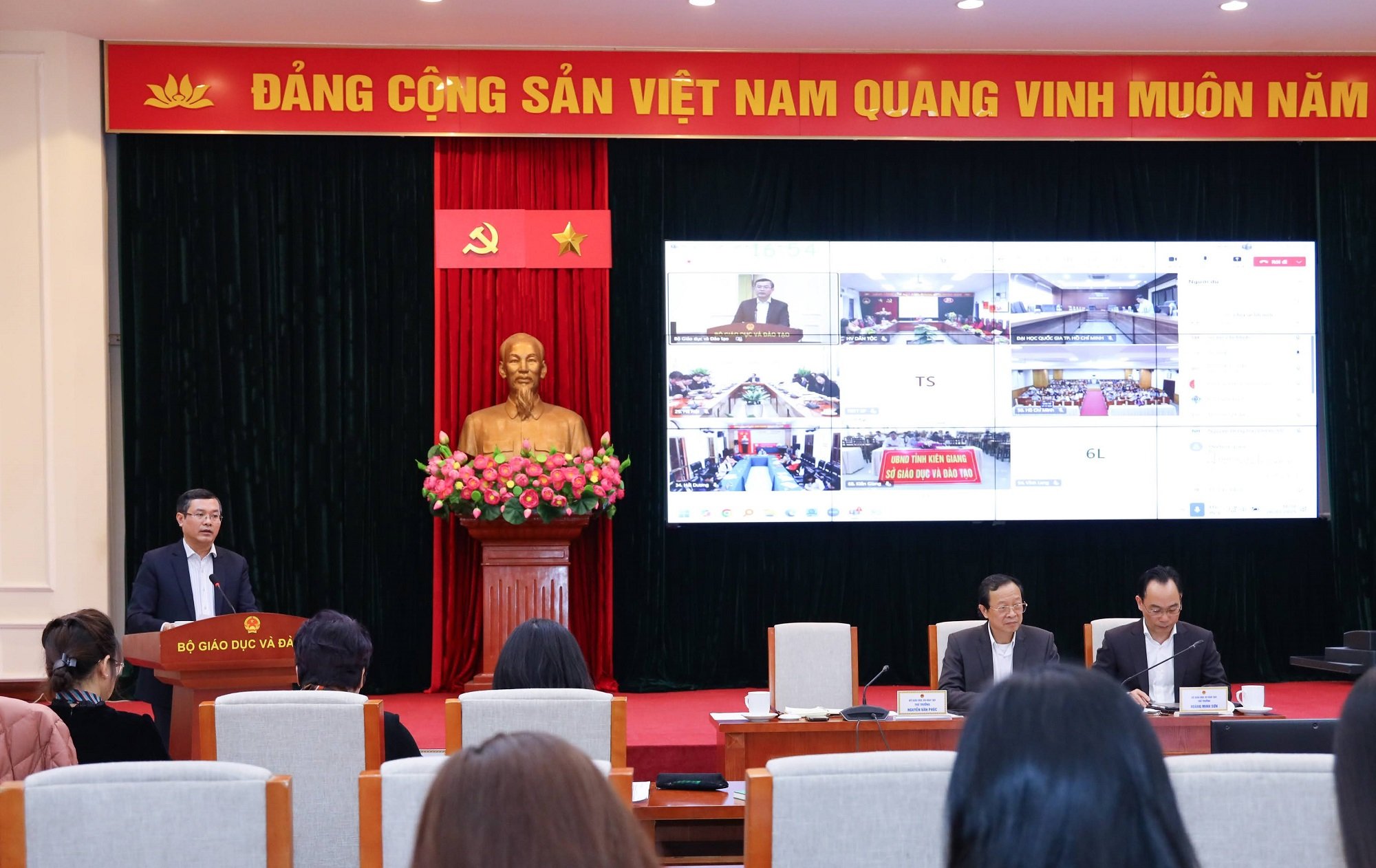

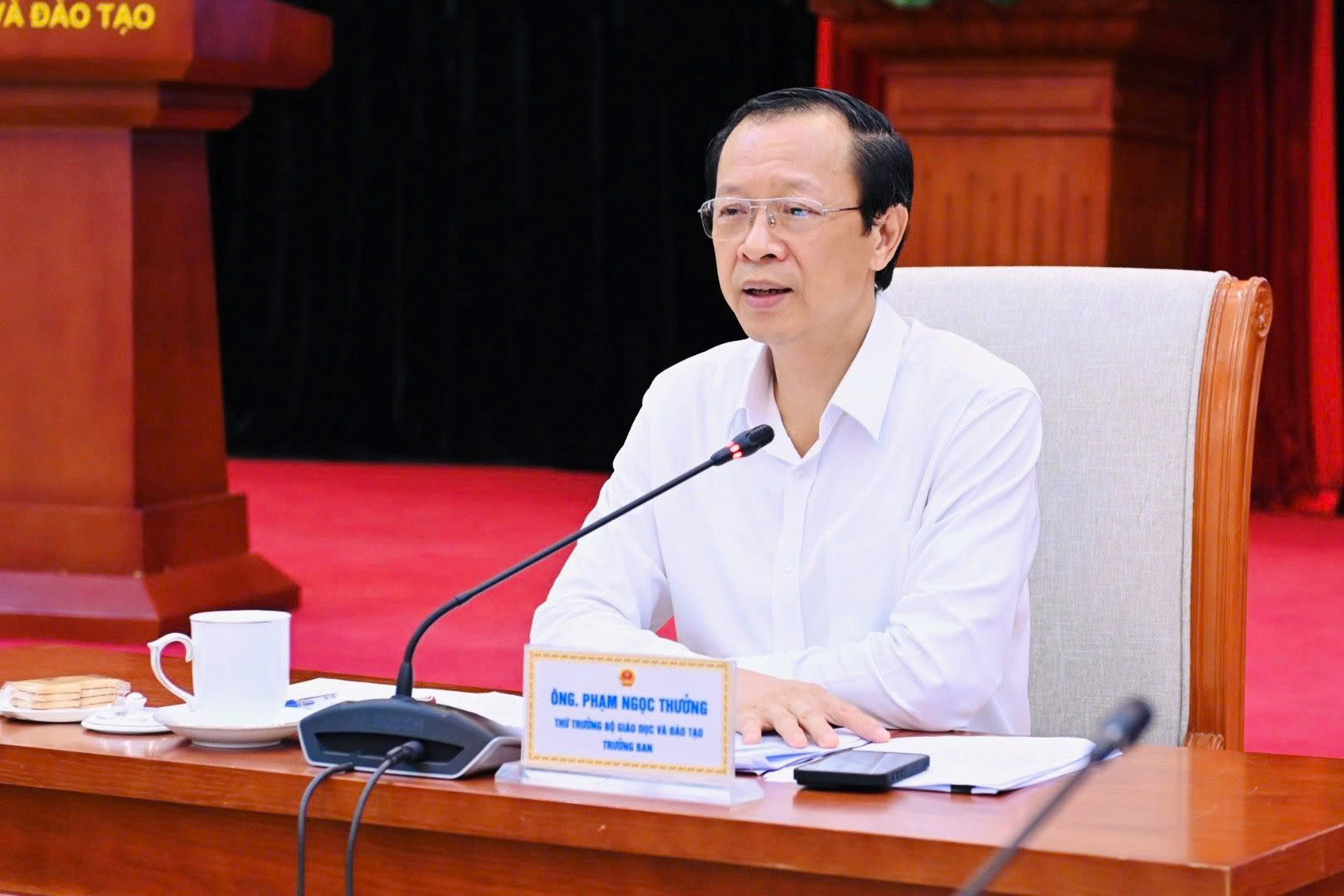






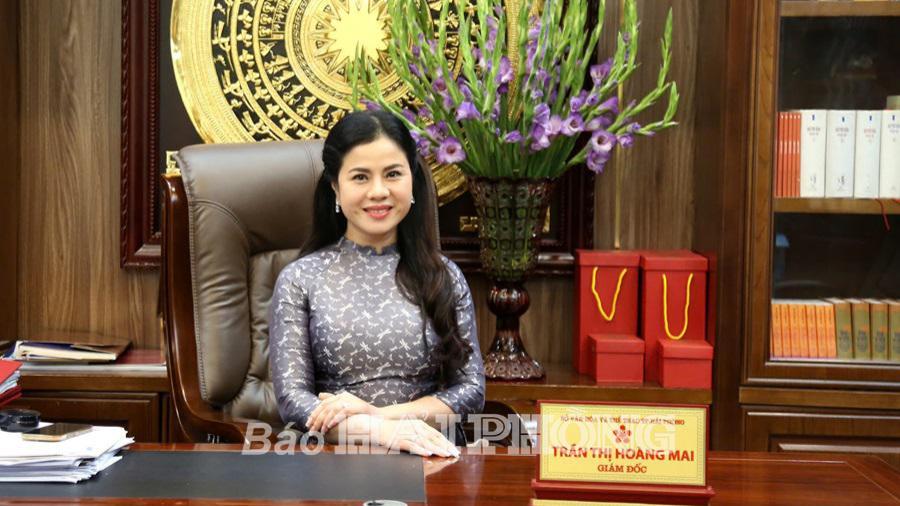







Comment (0)